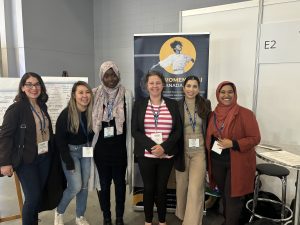Artificial Intelligence (AI) has paved the way for revolutionary decision-making processes, which if harnessed appropriately, can contribute to advancements in various sectors, from healthcare to economics. However, its black box nature presents significant ethical challenges related to bias and transparency. AI applications are hugely impacted by biases, presenting inconsistent and unreliable findings, leading to significant costs and consequences, highlighting and perpetuating inequalities and unequal access to resources. Hence, developing safe, reliable, ethical, and Trustworthy AI systems is essential. Our team of researchers working with Trustworthy and Responsible AI, part of the Transdisciplinary Scholarship Initiative within the University of Calgary, conducts research on Trustworthy and Responsible AI, including fairness, bias mitigation, reproducibility, generalization, interpretability, and authenticity. In this paper, we review and discuss the intricacies of AI biases, definitions, methods of detection and mitigation, and metrics for evaluating bias. We also discuss open challenges with regard to the trustworthiness and widespread application of AI across diverse domains of human-centric decision making, as well as guidelines to foster Responsible and Trustworthy AI models.
This paper reports on recent developments of the Critical Action Learning Exchange (Carvalho et al., 2021), an international community of educators who seek to respond to social and environmental issues that affect their students. We report on an international design workshop that engaged a cohort of teachers in designing Critical Action Learning activities for their students in the Summer of 2023. Participants (n=39) completed 16 curriculum designs for grade levels from kindergarten to university, addressing a broad range of socio-environmental issues and adopting diverse approaches, such as Arts-Based Critical Action, Community Engagement, Critical Making, Games for Critical Action, and Storytelling. This paper examines our Professional Development model, together with an analysis of teacher participants’ ideas and their design products. We investigate what forms of scaffolding can facilitate the changes of practice needed for teachers to become critical action educators and support their Critical Action Learning designs.












